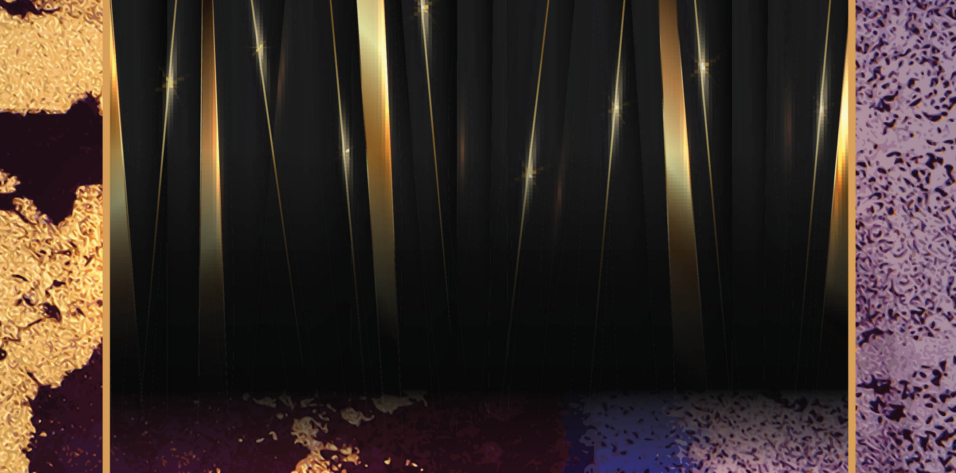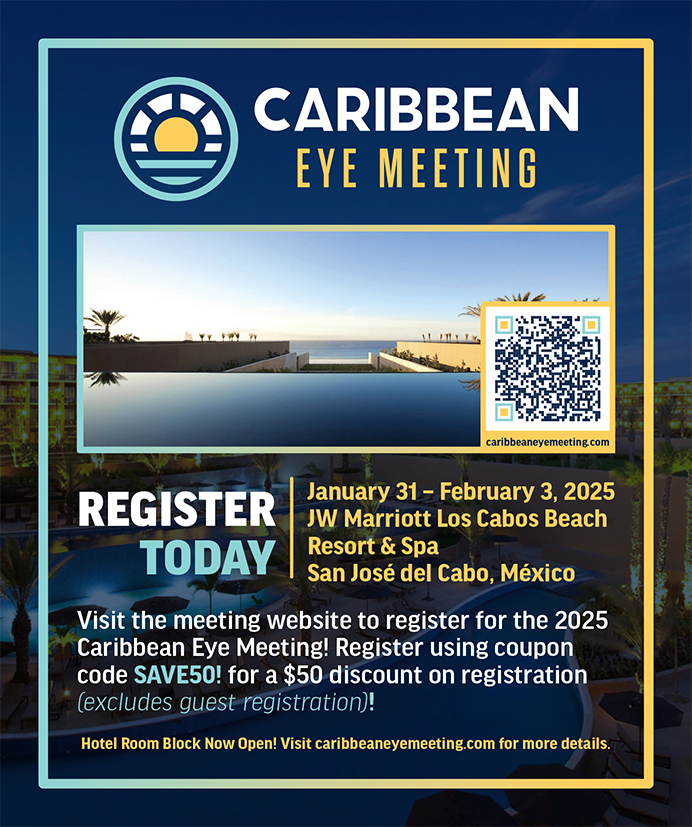
Technological advances, particularly in laser ablation profiles and tracking systems, have revolutionized the field of refractive surgery. When the procedure was initially introduced, LASIK was performed with slow broad-beam lasers that had poor tracking capabilities. Off-center ablations were not uncommon, treatment guidelines were limited, and the pool of treatable patients was not as broad as with current lasers.
Since then, improved laser ablation profiles significantly increased the speed and accuracy of the procedure, resulting in higher-quality visual outcomes. Tracking systems have become highly sophisticated, ensuring precise alignment and reducing the risk of off-center and off-axis alignment errors. The speed and precision of modern laser systems have expanded their treatment capabilities and the pool of candidates eligible for care.
This article focuses on topography-guided (TG) ablation and its impact on refractive procedures.
TG PROCEDURES
Unlike wavefront-guided laser procedures that base treatment on the aberration profile of the entire eye (cornea, lens, and retina), TG custom ablation treatment procedures focus solely on the corneal aberration profile. Treatment smooths the cornea without taking aberrations from the lens or other internal structures into account. The goal is to neutralize corneal higher-order aberrations (HOAs) and regularize the surface while maintaining normal asphericity.
A topographer is used to map the corneal surface; these detailed measurements guide the laser procedure. Treatment is customized to the individual’s unique corneal topography, allowing precise correction of irregularities.
In my practice, about 90% of our cases are currently TG custom ablation using Contoura Vision (Alcon), and the remainder are wavefront-optimized. We find that reducing corneal HOAs results in better visual acuity outcomes and fewer troubling visual symptoms such as glare and halos postoperatively.
US FDA APPROVAL AND CLINICAL OUTCOMES
US FDA Approval Process
US FDA approval of TG procedures was motivated by their ability to address irregular corneas, including post-LASIK eyes with decentered ablations, posttraumatic scarring, and abnormal corneas caused by conditions such as keratoconus. Although TG treatment was already used internationally for these purposes, the US FDA required a study on normal eyes for approval. The study results were unexpectedly remarkable, showing superior outcomes compared to previous LASIK studies.1
Clinical Outcomes
A significant percentage of patients (34%) achieved 20/12 UCVA, with two-thirds seeing 20/16 or better and 93% seeing 20/20 or better. These outcomes were unprecedented, with 30% of patients achieving a postoperative UCVA that was better than their preoperative BCVA. Additionally, there was a notable reduction in side effects such as light sensitivity, halos, and glare, which were previously common with LASIK.1-3
PATIENT SELECTION FOR TG PROCEDURES
Myopia Requirement
The primary consideration when determining a patient’s suitability for a TG procedure is the labeling, which includes only myopia. There is no indication for hyperopic patients or those with mixed astigmatism. TG-LASIK can address up to -9.00 D of myopia or up to -8.00 D of myopia combined with up to 3.00 D of astigmatism.
Topography Quality
Simply falling within the aforementioned dioptric range does not automatically qualify someone as a candidate. The most critical factor is the quality of the topography. Accurate and meticulous images are essential because the laser treatment is based on the topographic map of the cornea. Inaccurate topography results in suboptimal outcomes. I utilize the WaveLight Vario Topolyzer (Alcon), which integrates with Contoura Vision and the Pentacam (Oculus Optikgeräte). The Vario measures 22,000 points on the cornea and takes five scans, providing 100,000 points of data for precise mapping.
A healthy ocular surface is essential for accurate topography, so dry eye should be treated beforehand. Contact lens wear must be discontinued well in advance to ensure precise measurements.
Proper patient positioning is essential for capturing high-quality measurements with the Vario and Pentacam. Accurate Vario measurements for iris registration are beneficial. Although the US FDA study showed exceptional results even without iris registration, I find it aids in tracking and correctly orienting the ablation based on the topographic map.
Adequate exposure and coverage of the cornea are required for an accurate scan. Individuals with severe dry eye disease, deep-set eyes, or prominent brows that impede scanning may not be suitable candidates for TG procedures. If a good scan is achievable and they fall within the treatment range, they are considered viable candidates. Patients with a high root mean square of HOAs in their corneal profile often achieve great benefit from TG procedures because smoothing the cornea reduces these HOAs and their impact on visual acuity.
PATIENT EDUCATION
When educating patients in my practice, we explain that, although wavefront-optimized treatment can yield excellent results, TG treatment offers a more customized approach. We illustrate how the procedure addresses the unique ups and downs of their cornea instead of delivering a generic treatment for their prescription. The concept of customization based on their specific corneal curvature resonates with patients. We also highlight the US FDA results that showed exceptional outcomes, which often convinces patients to choose this procedure over others.
TG PROCEDURES AND IRREGULAR CORNEAS
Off-label Use
Using TG techniques for irregular corneas can be challenging; this is an off-label use because the procedure is approved only for normal eyes. Sometimes, we may perform an initial TG procedure to regularize the cornea, conduct another refraction, and then address any residual refractive error with a wavefront-optimized treatment.
Combining Procedures for Complex Cases
Complex cases such as those involving keratoconus or irregular astigmatism after corneal transplantation may require a combination of treatments. For instance, CXL followed by TG-PRK can be beneficial. It is important to recognize and treat epithelial dystrophies appropriately. We may perform a superficial keratectomy first to regularize the epithelium and then reassess the corneal profile. For eyes with an old, decentered ablation, TG treatments can sometimes correct issues such as halos and glare, provided the patient is myopic.
For individuals with high myopia or significant astigmatism, a successful strategy may be to implant an EVO ICL (STAAR Surgical) to reduce their refractive error before performing LASIK. In patients who have undergone refractive lens exchange with premium lens implants, TG treatment can avoid inducing additional HOAs and ensure the best possible match with the lens implant. HOAs such as high spherical aberration and coma can be detrimental to vision quality with multifocal IOLs.
FUTURE DIRECTIONS WITH AI
AI and machine learning are poised to revolutionize refractive surgery by enhancing diagnostic capabilities, data analysis, and treatment planning. AI can help develop better algorithms for addressing HOAs by analyzing large pre- and postoperative datasets. This could streamline the planning process, making it faster and more accurate, which would be especially beneficial given the time-intensive nature of current TG treatment planning.
1. Stulting RD, Fant BS; T-CAT Study Group, et al. Results of topography-guided laser in situ keratomileusis custom ablation treatment with a refractive excimer laser. J Cataract Refract Surg. 2016;42(1):11-18.
2. Stonecipher KG, Kezirian GM. Wavefront-optimized versus wavefront-guided LASIK for myopic astigmatism with the ALLEGRETTO WAVE: three-month results of a prospective FDA trial. J Refract Surg. 2008;24(4):S424-S430.
3. Stonecipher KG, Potvin R, Meyer JJ, Durrie D. Refractive surgery outcomes comparison-all wavefront-guided versus a decision tree for selecting wavefront-guided or wavefront optimized. US Ophthalmic Review. 2012;5(1):14-17.




